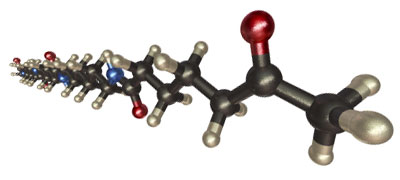From all of us at Polymer Innovation Blog, we wish you and your family a Happy Thanksgiving. On another note, our post on Monday, November 25 was our 100th post. A first milestone in our polymer journey. Thank you to all our readers who “tune in” and read our blog. ... [Click to Continue...]
Polymer Challenges in Electronic Packaging: Part 7 Embedded Wafer Level Packaging Process Flow
In the last post in this series we introduced the embedded wafer level package concept. In this post we will dive in a little deeper and look at the process and some of the polymer challenges. A high level overview may be seen in the next figure (source: ASE Group) The finished wafer is singlulated using traditional dicing methods to yield individual chips that are ... [Click to Continue...]
Second Generation Biomass Feedstock 5: The Complex Pretreatment Landscape
Guest Post by Dr. Robert Humphreys In previous posts, we have alluded to the immense complexity of the initiative to replace petroleum with biomass as the principal source of transportation fuels, chemicals, and polymer-based materials. Biomass pretreatment, the 5th step in the biomass-to-fuels-and-chemicals chain illustrated in Figure 1, provides perhaps the best example of ... [Click to Continue...]
Polymer Challenges in Electronic Packaging: Part 6 Embedded Wafer Level Packaging
In this post we will discuss a new packaging type generically called embedded wafer level packaging. Many OSAT’s have different names, but the concept is pretty much the same. Source: ASE In traditional semiconductor packaging, wafers are typically bumped and singulated prior to packaging and in most cases the die is attached to the package. The most common packages are ... [Click to Continue...]
Second Generation Biomass Feedstock 4: When You Move Bi-o-mass from the Fields to the Plants It’s Logistics
Guest Post by Dr. Robert Humphreys Petroleum is a liquid, albeit a flammable, smelly, toxic, viscous one. It can be pumped into huge oil tankers and floated across oceans or pumped through pipelines across hundreds or thousands of miles of inhospitable terrain. It can be stored indefinitely in salt domes or huge tanks with little loss or deterioration. It can be available ... [Click to Continue...]





